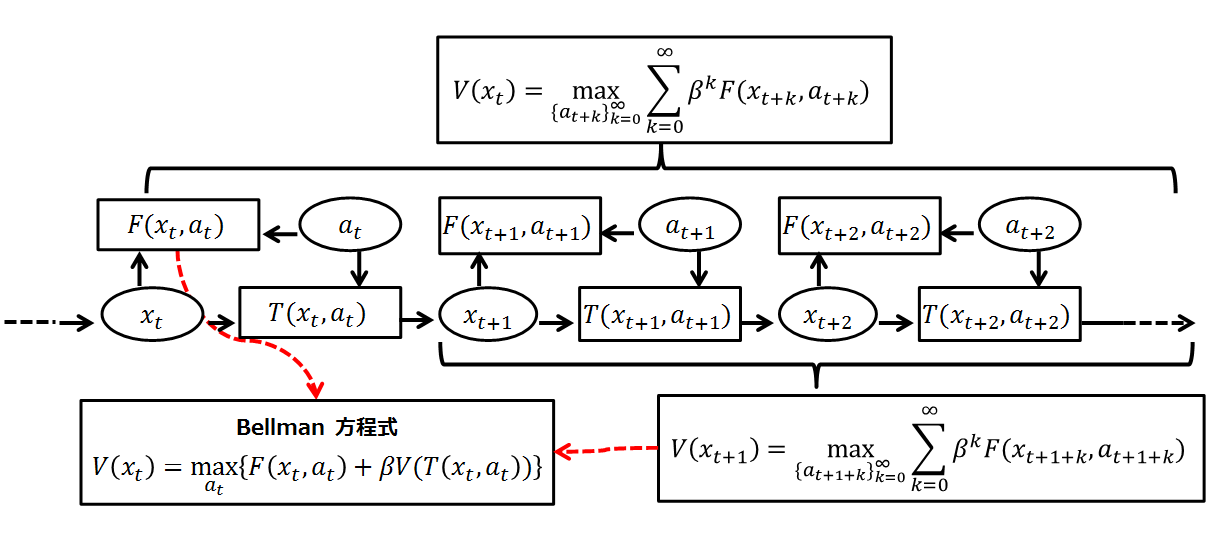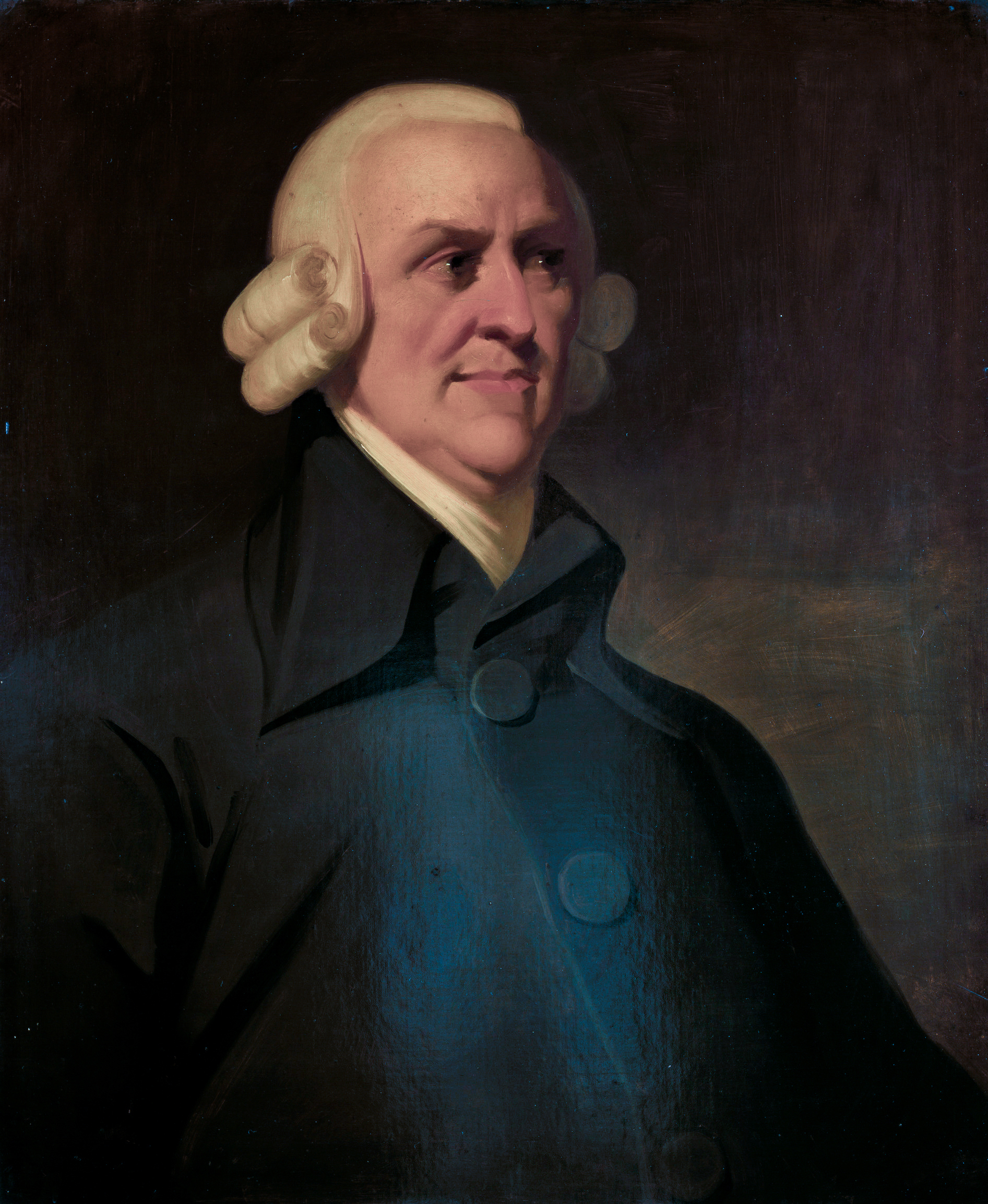|
Index Of Economics Articles
This aims to be a complete article list of economics topics: A * Absence rate – Accountancy – Accounting reform – Actuary – Adaptive expectations – Adverse selection – Agent (economics) – Agent-based computational economics – Aggregate demand – Aggregate supply – Agricultural policy – Appropriate technology – Arbitrage – Arrow's impossibility theorem – Asymmetric information – Auction – Austrian School – Autarky – Awards B * Backward induction – Balance of payments – Balance of trade – Bank – Bank reserves – Bankruptcy – Barter – Behavioral economics – Bellman equation – Bequest motive – Big Mac Index – Big Push Model – Bioeconomics (biophysical) – Black market – Black–Scholes – Bretton Woods System – Bullionism – Business cycle – Bertrand–Edgeworth model C *Capital (economics) – Capital asset – Capital intensity – Capitalism – Cartel – Cash crop – Catch-up effect – Celtic Tiger – ... [...More Info...] [...Related Items...] OR: [Wikipedia] [Google] [Baidu] |
Absence Rate
In economics, the absence rate is the ratio of workers with absences to total full-time wage and salary employment. In the United States, absences are defined as instances when persons who usually work 35 or more hours per week worked less than 35 hours during the reference week for one of the following reasons: own illness, injury, or medical problems; childcare problems; other family or personal obligations; civic or military duty; and maternity or paternity leave. Statistics In 2005, workers in the education and health services sector had the highest absence rate in the private sector at 4.0 percent, while workers in natural resources, construction, and maintenance occupations and in management, professional, and related occupations had the lowest absence rates. See also * Bureau of Labor Statistics * Current Population Survey References External links Absence rate in glossary U.S. Bureau of Labor Statistics Division of Information Services The Bureau of Labor Statis ... [...More Info...] [...Related Items...] OR: [Wikipedia] [Google] [Baidu] |
Autarky
Autarky is the characteristic of self-sufficiency, usually applied to societies, communities, states, and their economic systems. Autarky as an ideology or economic approach has been attempted by a range of political ideologies and movements, particularly leftist ones like African socialism, mutualism, war communism, communalism, swadeshi, syndicalism (especially anarcho-syndicalism), and left-wing populism, generally in an effort to build alternative economic structures or to control resources against structures a particular movement views as hostile. However, some right-wing ones, like nationalism, conservatism, and anti-globalism, along with even some centrist movements, have also adopted autarky, generally on a more limited scale, to develop a particular industry, to gain independence from other national entities or to preserve part of an existing social order. Proponents of autarky have argued for national self-sufficiency to reduce foreign economic, polit ... [...More Info...] [...Related Items...] OR: [Wikipedia] [Google] [Baidu] |
Big Push Model
The Big Push Model is a concept in development economics or welfare economics that emphasizes the fact that a firm's decision whether to industrialize or not depends on the expectation of what other firms will do. It assumes economies of scale and oligopolistic market structure. It also explains when the industrialization would happen. The major contributions to the concept of the Big Push were made by Paul Rosenstein-Rodan in 1943 and later on by Murphy, Shleifer and Vishny in 1989. Also, some contributions of Matsuyama (1992), Krugman (1991) and Romer (1986) proved to be seminal for later literature on the Big Push. Analysis of this economic model usually involves using game theory. The hallmark of the ‘big-push’ approach lies in the reaping of external economies through the simultaneous installation of a host of technically interdependent industries. But before that could become possible, we have to overcome the economic indivisibilities by moving forward by a certa ... [...More Info...] [...Related Items...] OR: [Wikipedia] [Google] [Baidu] |
Big Mac Index
The Big Mac Index is a price index published since 1986 by ''The Economist'' as an informal way of measuring the purchasing power parity (PPP) between two currency, currencies and providing a test of the extent to which market exchange rates result in goods costing the same in different countries. It "seeks to make exchange-rate theory a bit more digestible." The Index (economics), index compares the relative price worldwide to purchase the Big Mac, the flagship hamburger sold at McDonald's restaurants. Overview The Big Mac index was introduced in ''The Economist'' in September 1986 by Pam Woodall as a semi-humorous illustration of PPP and has been published by that paper annually since then. Although the Big Mac Index was not intended to be a legitimate tool for exchange rate evaluation, it is now globally recognised and featured in many academic textbooks and reports. The index also gave rise to the word ''burgernomics.'' The theory underpinning the Big Mac index stems fro ... [...More Info...] [...Related Items...] OR: [Wikipedia] [Google] [Baidu] |
Bequest Motive
� ... [...More Info...] [...Related Items...] OR: [Wikipedia] [Google] [Baidu] |
Bellman Equation
A Bellman equation, named after Richard E. Bellman, is a necessary condition for optimality associated with the mathematical Optimization (mathematics), optimization method known as dynamic programming. It writes the "value" of a decision problem at a certain point in time in terms of the payoff from some initial choices and the "value" of the remaining decision problem that results from those initial choices. This breaks a dynamic optimization problem into a sequence of simpler subproblems, as Bellman's “principle of optimality" prescribes. The equation applies to algebraic structures with a total ordering; for algebraic structures with a partial ordering, the generic Bellman's equation can be used. The Bellman equation was first applied to engineering control theory and to other topics in applied mathematics, and subsequently became an important tool in economic theory; though the basic concepts of dynamic programming are prefigured in John von Neumann and Oskar Morgenstern's ... [...More Info...] [...Related Items...] OR: [Wikipedia] [Google] [Baidu] |
Behavioral Economics
Behavioral economics is the study of the psychological (e.g. cognitive, behavioral, affective, social) factors involved in the decisions of individuals or institutions, and how these decisions deviate from those implied by traditional economic theory. Behavioral economics is primarily concerned with the bounds of rationality of economic agents. Behavioral models typically integrate insights from psychology, neuroscience and microeconomic theory. Behavioral economics began as a distinct field of study in the 1970s and 1980s, but can be traced back to 18th-century economists, such as Adam Smith, who deliberated how the economic behavior of individuals could be influenced by their desires. The status of behavioral economics as a subfield of economics is a fairly recent development; the breakthroughs that laid the foundation for it were published through the last three decades of the 20th century. Behavioral economics is still growing as a field, being used increasingly in ... [...More Info...] [...Related Items...] OR: [Wikipedia] [Google] [Baidu] |
Barter
In trade, barter (derived from ''bareter'') is a system of exchange (economics), exchange in which participants in a financial transaction, transaction directly exchange good (economics), goods or service (economics), services for other goods or services without using a medium of exchange, such as money. Economists usually distinguish barter from gift economy, gift economies in many ways; barter, for example, features immediate reciprocity (cultural anthropology), reciprocal exchange, not one delayed in time. Barter usually takes place on a bilateral trade, bilateral basis, but may be multilateral exchange, multilateral (if it is mediated through a trade exchange). In most developed countries, barter usually exists parallel to monetary systems only to a very limited extent. Market actors use barter as a replacement for money as the method of exchange in times of monetary crisis, such as when currency becomes unstable (such as hyperinflation or a Deflation#Deflationary spiral, de ... [...More Info...] [...Related Items...] OR: [Wikipedia] [Google] [Baidu] |
Bankruptcy
Bankruptcy is a legal process through which people or other entities who cannot repay debts to creditors may seek relief from some or all of their debts. In most jurisdictions, bankruptcy is imposed by a court order, often initiated by the debtor. Bankrupt is not the only legal status that an insolvent person may have, meaning the term ''bankruptcy'' is not a synonym for insolvency. Etymology The word ''bankruptcy'' is derived from Italian language, Italian , literally meaning . The term is often described as having originated in Renaissance Italy, where there allegedly existed the tradition of smashing a banker's bench if he defaulted on payment. However, the existence of such a ritual is doubted. History In Ancient Greece, bankruptcy did not exist. If a man owed and he could not pay, he and his wife, children or servants were forced into "debt slavery" until the creditor recouped losses through their Manual labour, physical labour. Many city-states in ancient Greece lim ... [...More Info...] [...Related Items...] OR: [Wikipedia] [Google] [Baidu] |
Bank Reserves
Bank reserves are a commercial bank's cash holdings physically held by the bank, and deposits held in the bank's account with the central bank. In most countries, the Central bank may set minimum reserve requirements that mandate commercial banks under their purview to hold cash or deposits at the central bank equivalent to at least a prescribed percentage of their liabilities, such as customer deposits. Such sums are usually termed required reserves, and any funds above the required amount are called excess reserves. These reserves are prescribed to ensure that, in the normal events, there is sufficient liquidity in the banking system to provide funds to bank customers wishing to withdraw cash. Even when there are no reserve requirements, banks often as a matter of prudent management hold reserves in case of unexpected events, such as unusually large net withdrawals by customers (such as before Christmas) or bank runs. Traditionally, central banks do not pay interest on reserve ... [...More Info...] [...Related Items...] OR: [Wikipedia] [Google] [Baidu] |
Bank
A bank is a financial institution that accepts Deposit account, deposits from the public and creates a demand deposit while simultaneously making loans. Lending activities can be directly performed by the bank or indirectly through capital markets. As banks play an important role in financial stability and the economy of a country, most jurisdictions exercise a high degree of Bank regulation, regulation over banks. Most countries have institutionalized a system known as fractional-reserve banking, under which banks hold liquid assets equal to only a portion of their current liabilities. In addition to other regulations intended to ensure accounting liquidity, liquidity, banks are generally subject to minimum capital requirements based on an international set of capital standards, the Basel Accords. Banking in its modern sense evolved in the fourteenth century in the prosperous cities of Renaissance Italy but, in many ways, functioned as a continuation of ideas and concepts o ... [...More Info...] [...Related Items...] OR: [Wikipedia] [Google] [Baidu] |
Balance Of Trade
Balance of trade is the difference between the monetary value of a nation's exports and imports of goods over a certain time period. Sometimes, trade in Service (economics), services is also included in the balance of trade but the official IMF definition only considers goods. The balance of trade measures a flow variable of exports and imports over a given period of time. The notion of the balance of trade does not mean that exports and imports are "in balance" with each other. If a country exports a greater value than it imports, it has a trade surplus or positive trade balance, and conversely, if a country imports a greater value than it exports, it has a trade deficit or negative trade balance. As of 2016, List of countries by net exports, about 60 out of 200 countries have a trade surplus. The idea that a trade deficit is detrimental to a nation's economy is often rejected by modern trade experts and economists. Explanation The balance of trade forms part of the Current ... [...More Info...] [...Related Items...] OR: [Wikipedia] [Google] [Baidu] |




